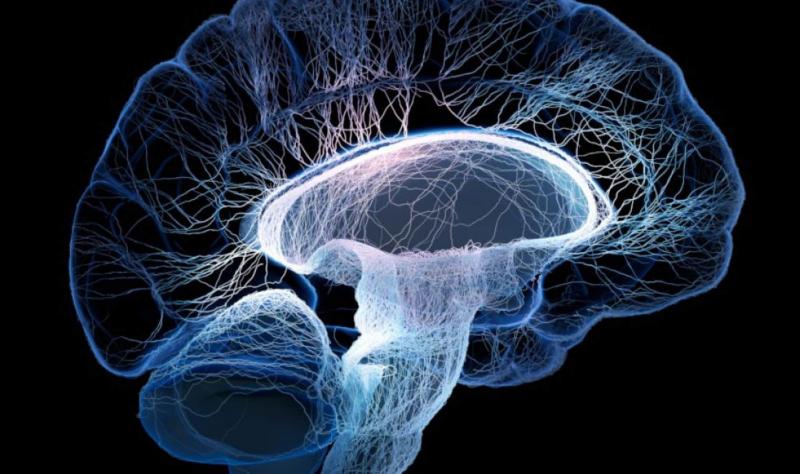Global Neuroprosthetics Market is Anticipated to Witness High Growth Owing to Rapid Technological Innovations
The global neuroprosthetics market consists of therapeutic devices that substitute or restore lost or impaired neural functions originating from central nervous system disorders. Brain pacemakers are neurostimulation devices used to regulate irregular electrical signals in brain regions related to movement, epilepsy, Parkinson’s disease, chronic pain and psychiatric disorders. Specialized neural implants interface directly with the brain or spinal cord through microelectrodes to assist, repair, replace or enhance sensory or motor functions. Technological advancements in materials, design and connectivity coupled with the growing geriatric population susceptible to neurological conditions have boosted demand for neuroprosthetic devices in recent years.
The Global neuroprosthetics market is estimated to be valued at US$ 12.66 BN in 2024 and is expected to exhibit a CAGR of 10% over the forecast period 2024 to 2030.
Key Takeaways
Key players operating in the global neuroprosthetics market are Second Sight, Med-El, Retina Implant, Sonova Holding AG. , NeuroPace, Inc., Nevro, Medtronic plc, Abbott, Cochlear, Boston Scientific Corporation, Livanova, Demant A/S, Cyberonics Inc. and NDI Medical LLC. These companies are focusing on new product launches and technological innovations to consolidate their market share.
The rising incidences of neurological disorders, increased R&D funding for neuroscience research and growing adoption of minimally invasive procedures represent high-impact growth opportunities for players in the neuroprosthetics domain. Key firms are expanding their presence in emerging Asian countries owing to growing healthcare investments and demand for neurological treatments in China, India and Southeast Asia.
In addition to traditional neurostimulation therapies, new frontiers for neuroprosthetics include hybrid brain-machine interfaces for limb prosthetics control, cortical implants for vision restoration, neural dust for chronic disease monitoring and optogenetics for targeted neural modulation. Partnerships with academic research institutes and strategic acquisitions will help neuroprosthetic companies leverage these technologies and accelerate their commercialization.
Market drivers:
Rapid technological innovations: Continued developments in neural interfacing technology such as high-density electrodes, wireless power and data transfer, biocompatible encapsulation and machine learning algorithms are driving the capacity and performance of Neuroprosthetic Market systems.
Market restraints:
High costs of devices: Neuroprosthetic devices typically have a high price tag due to complex engineering, limited patient segment and long regulatory approval cycles. Their adoption is currently low in developing nations with budget constraints on healthcare spending.
Segment Analysis
The global neuroprosthetics market can be segmented into implant types and applications. Based on implant type, the market is segmented into motor prosthetics, auditory prosthetics (cochlear implants), visual prosthetics, cognitive prosthetics. Among these, motor prosthetics dominates the market as it helps in restoring motor functions including limb movements for spinal cord injuries and strokes. The motor prosthetics segment is expected to continue dominating the market during the forecast period due to increasing number of cases related to spinal cord injuries and paralysis.
Based on application, the neuroprosthetics market is segmented into motor neuron disorders, physiological disorders and cognitive disorders. The motor neuron disorders segment currently dominates the market due to high incidence rate of conditions like Parkinson's disease, spinal cord injuries and strokes globally. This segment is expected to continue its dominance during the forecast period owing to growth in geriatric population and rising cases of neurological disorders.
Global Analysis
North America dominates the global neuroprosthetics market currently owing to rising prevalence of neurological disorders, growing elderly population, adoption of advanced neuroprosthetic technologies and awareness regarding benefits of neuroprosthetics. Europe is the second largest regional market. However, Asia Pacific region is expected to grow at the fastest rate during the forecast period due to growing medical tourism, increasing healthcare expenditure and massive patient pool. Growing penetration of key players especially in India and China is further estimated to boost the regional market. South America and Middle East & Africa are projected to exhibit moderate growth over the forecast period.
Get more insights on this topic:
https://www.dailyprbulletin.com/neuroprosthetics-market-analysis/
